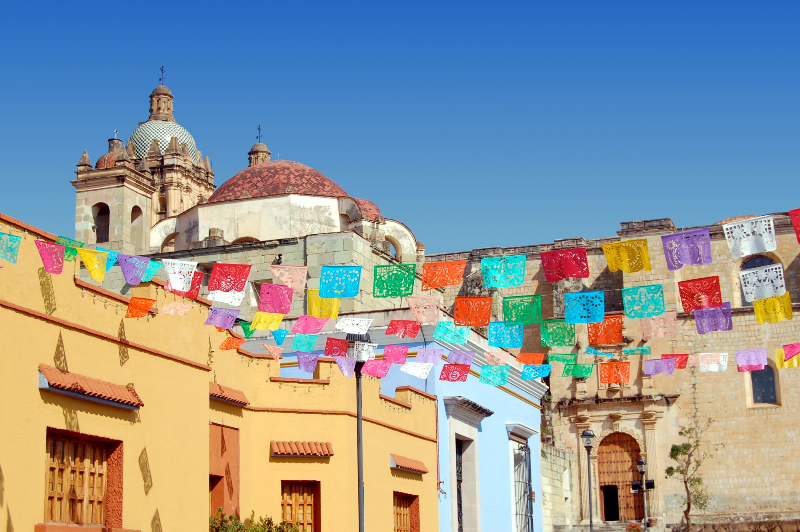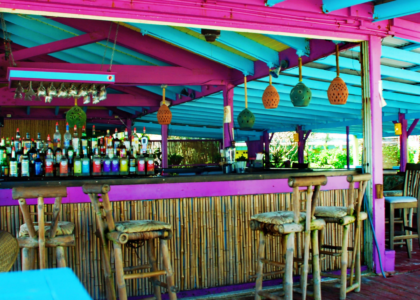Enchantment awaits you in Oaxaca’s Magical Towns, where you’ll discover all you need for an unforgettable vacation. If you’re ever in Oaxaca, be sure to visit these five wonderful villages. And yes, as you travel all over, don’t forget to choose the best restaurants in Puerto Escondido.
Mazunte
The beaches, ecological activities, and festivals in Mazunte, Oaxaca, are the major attractions for tourists. Oaxaca’s Magical Coastal Town has achieved this designation. Punta Cometa, Zipolite, San Agustinillo, and Puerto Angel are just handful of the local beaches you may explore while you’re in town. If you take a journey around Mazunte, you’ll discover that the dwellings mix in harmoniously with their natural setting. A few hotels on its major beach give travellers what they need for a wonderful trip.
Between 1960 and 1990, the native turtle was on the brink of extinction in Mazunte and the adjacent regions owing to the wild commercial harvesting of turtles. The Mexican Turtle Center relocated to Mazunte, Mexico in 1994. A tedious but continuous reorientation toward beach and ecotourism as the town’s major economic drivers begun following the slaughterhouse’s closure.
Capulalpam De Méndez
Oaxaca’s Magical Town is distinguished from the rest of the region by virtue of its significant contributions to the fields of music, medicine, and cuisine, in addition to the breathtaking natural surroundings in which it is located. Visitors come from all around the state and the nation to check out the Traditional Medicine Center housed in Capulálpam de Méndez. Massage therapies, cleanses, temazcal baths, and other traditional ways are some of the naturist treatments that are offered at this establishment. In the centre of the store you’ll find items that have been purified and revitalised with the help of native flora and were crafted by trained professionals.
Cueva del Arroyo
When you are practising rock climbing and rappelling on the cave’s walls at Cueva del Arroyo, you will have the opportunity to see the cave’s unique rock formations. Those who are interested in architecture can find a wide selection of interesting structures to explore at Capulálpam de Méndez. For instance, the only elements that distinguish the parish church of San Mateo from other churches are the yellow brickwork and the 14 altarpieces that have been able to be preserved in their original condition.
Tlaloc of Jimenez Huautla
Spiritual traditions make Huautla de Jiménez, known as the Magical Town of Huautla de Jiménez, the best place to learn about these ancient practises, which feature the indigenous Mazatec healer Maria Sabina as their most significant historical figure. Using the hallucinogenic mushroom options that grew in the grounds of Huautla de Jiménez, Mara Sabina was treated without asking for anything in return and became a celebrity who was visited by well-known national and international figures.
The Cathedral of San Juan Evangelista, Huautla de Jiménez’s lone Catholic church, is renowned for its unadorned design. However, despite its construction in 1966, the bells that adorn the building were manufactured in 1866. Each of the church’s two twin towers has a pyramid-shaped structure atop it. Outside activities may be enjoyed at Puente de Fierro Waterfall and the Grottoes San Sebastián in the neighbourhood.
Santander and Santander Teposcolula
The Conventual Complex of San Pedro and San Pablo, historical homes, religious and folkloric traditions, and superb cuisine are the town’s main draws as a Magical Town in the Oaxacan Mixteca. As Oaxaca’s abundant agriculture and water supply drew Dominicans there in the sixteenth century, they built the monastery that presently stands there. Despite the fact that the structure is about 500 years old, the conventual apartments, temple, and open chapel have all been kept superbly.






